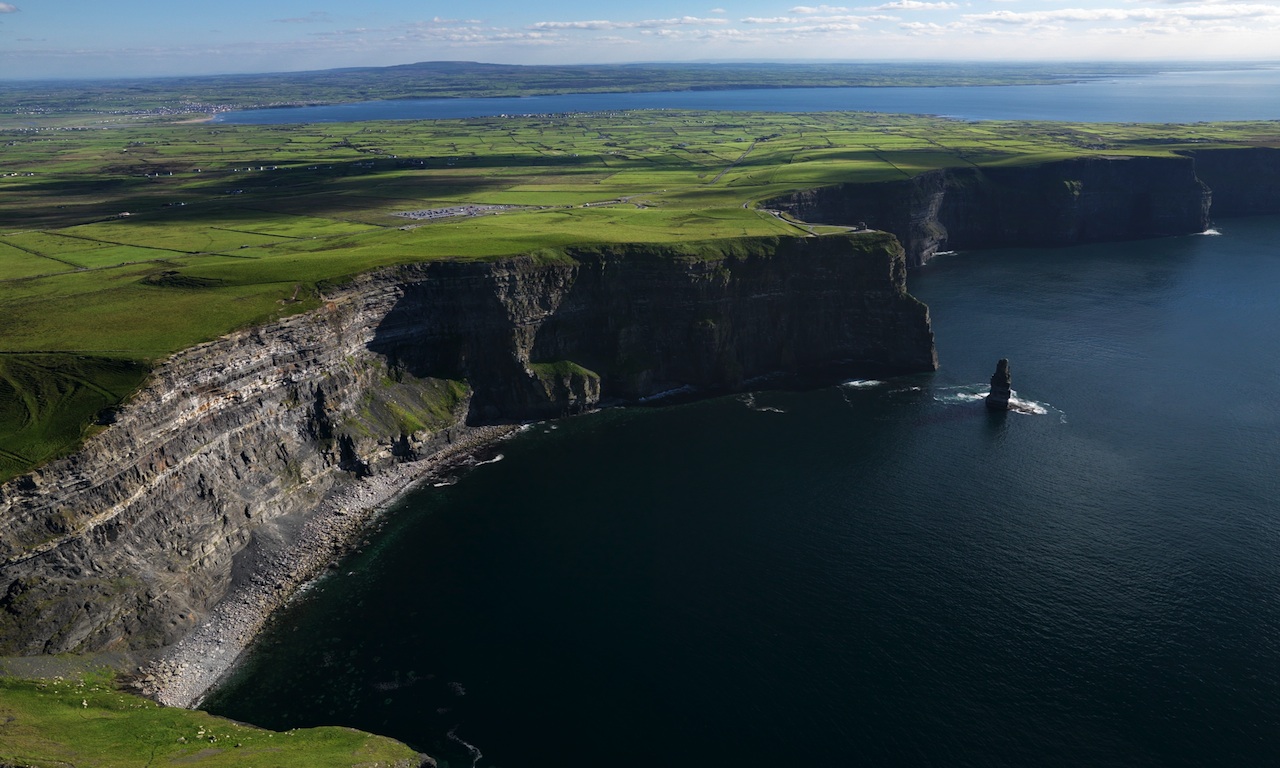-
Notifications
You must be signed in to change notification settings - Fork 128
New issue
Have a question about this project? Sign up for a free GitHub account to open an issue and contact its maintainers and the community.
By clicking “Sign up for GitHub”, you agree to our terms of service and privacy statement. We’ll occasionally send you account related emails.
Already on GitHub? Sign in to your account
elevation in ocen vs land #76
Comments
|
this is intended: the way we find where there is ocean is starting to fill the map with water from the border until we reach a certain percentage of ocean. In this way we can also have depressions. In this case it seems a too low depression, so we should probably use more wind erosions to fill it a bit. |
|
As you mentioned erosion - is it possible to regulate it? I would need more of it, because our game is not able to have so steep slopes. Of course this is also problem of scale. |
|
currently there is not an option to control erosion but about the problem Cheers, On Tue, Jun 16, 2015 at 9:00 AM, tibor95 notifications@github.com wrote:
Website at http://tomassetti.me http://www.federico-tomassetti.it |
|
I have very specific problem - no beaches - coasts are too steep :) No place for ports, but I will manipulate the elevation probably with some quadratical function |
|
About that very last comment: By the way: @ftomassetti, can this be closed? |
|
I also noticed the problem when exporting to TMX: we have very high mountains close to sea. I guess it depends on how much terrain is represented by a tile, it determines what we mean by close. Perhaps we should just rescale the map to an higher resolution and use interpolation to have less steep coasts. Ideally we would like to have many beaches and a few cliffs |
|
So this might be a pure Platec-issue? |
|
I guess that yes, it is due to Platec but I do not see as an issue, it is just a matter of resolution. Look at this map of the Earth which has a resolution similar to our map: The Andes are near the ocean. If we could zoom in we could see that the coast is not necessary steep but looking at things at this zoom level it seems that there is a tall mountain and attached there is ocean. |
|
I understood that, but we can't really make Platec give us higher-resolution maps (I assume that 4k x 4k cannot easily be surpassed). And if we start interpolating, all coasts will be flat to start with. |
|
Yes, I do not have a solution for that :) I think it is something which should be considered when increasing the resolution but not at Platec level. |
|
It is an issue of resolution, I solved this by up-scaling the image (4x) and adding a slight Gaussian blur. This allowed me to load the image into OpenMW (Morrowind) and have smooth transition between sea and land. So maybe a solution would be to take results from platec and upscale it before we get to it. Someone asks for 512x512, and platec works with a world of size 256x256 for example... |


Hi,
I found that elevation of a field in ocean can be higher then elevation of a field in land - is it intentional? F.e. here I have a map where lowest land is -0.027 and highest ocean is 0.999. Not an problem for me but perhaps it is bug in your code...
The text was updated successfully, but these errors were encountered: